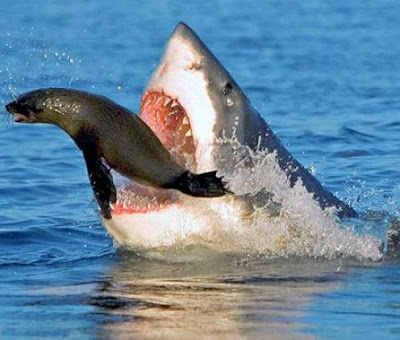Hamsters are rodents belonging to the subfamily Cricetinae. The subfamily contains about 25 species, classified in six or seven genera.
Hamsters are crepuscular animals which burrow underground in the daylight to avoid being caught by predators. Their diet includes a variety of foods, including dried food, berries, nuts, fresh fruits and vegetables. In the wild they feed primarily on seeds, fruits and greens, and will occasionally eat burrowing insects. They have an elongated pouch on each side of their heads that extend to their shoulders, which they stuff full of food to be stored, brought back to the colony or to be eaten later.
Although the golden hamster (Mesocricetus auratus) was first described scientifically in 1839, it was not until 1930 that researchers were able to successfully breed and domesticate hamsters. Pet golden hamsters are descended from hamsters first found and captured in Syria by zoologist Israel Aharoni.
Hamster behavior varies depending on their environment, genetics, and interaction with people. Because they are easy to breed in captivity, hamsters are often used as lab animals in more economically developed countries. Hamsters have also become established as popular small house pets. Hamsters are sometimes accepted even in areas where other rodents are disliked, and their stereotypically solitary nature can reduce the risk of excessive litters developing in households.
Hamsters are stout-bodied, with tails shorter than body length, and have small, furry ears, short, stocky legs, and wide feet. They have thick, silky fur, which can be long or short, colored black, gray, honey, white, brown, yellow, red, or a mix, depending on the species.
Roborovski hamster
Two species of hamsters belonging to the genus Phodopus — Phodopus campbelli (Campbell's dwarf hamster) and Phodopus sungorus (the Djungarian hamster) — and also two of the species of the genus Cricetulus — Cricetulus barabensis (the Chinese striped hamster) and Cricetulus griseus (the Chinese hamster) — have a dark stripe down the head to tail. The species of genus Phodopus are the smallest, with bodies 5.5 to 10.5 centimetres (2.2 to 4.1 in) long; the largest is the European hamster (Cricetus cricetus), measuring up to 34 centimetres (13.4 in) long, not including a short tail of up to 6 centimetres (2.4 in). The Angora hamster, also known as the long-haired or teddy bear hamster, which is a type of the golden hamster is the second-largest hamster breed, measuring up to 18 centimetres (7.1 in) long.























































